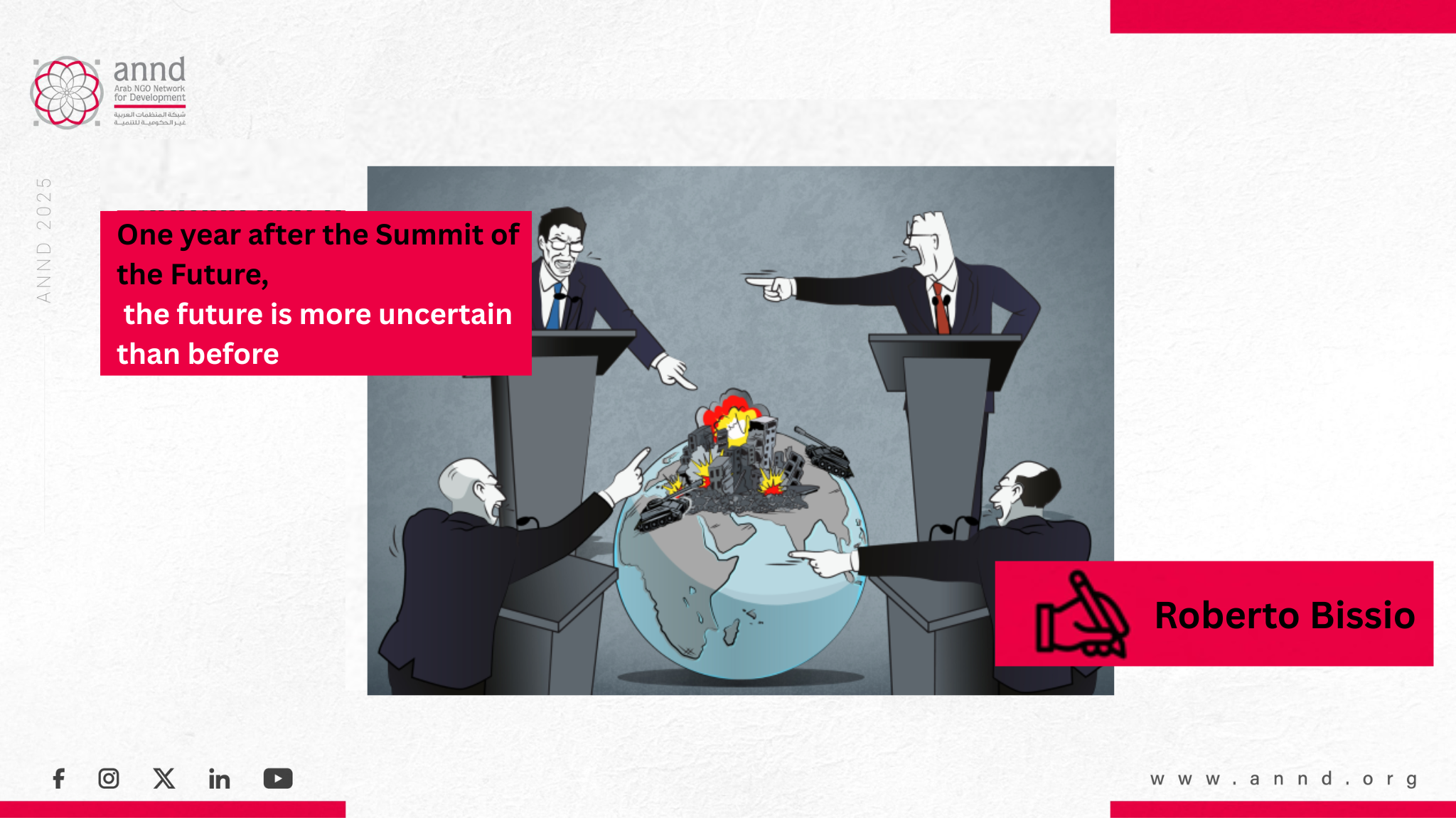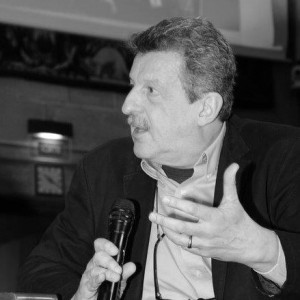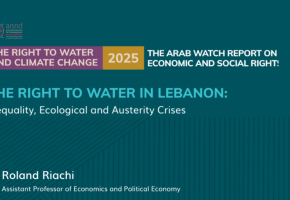
One year after, the future is more uncertain than before - Roberto Bissio

One year after, the future is more uncertain than before - Roberto Bissio
In September 2024, the Heads of State and governments of the world adopted a “Pact for the Future”, described in its preamble as “a recommitment to international cooperation based on international law”. One year after, when the world leaders returned to the UN General Assembly in New York. The tension between “might” and “right” was a constant theme in many of their speeches and it is hard to find any evidence of improved international cooperation.
The "Global South" is not monolithic, but its members (through the Group of 77, the African Group, and others) shared a set of common, overlapping priorities to rectify perceived imbalances in the global order.
Reforming
the International Financial Architecture: Was
the top priority. Global South countries argued that the current
system, centred on the IMF and World Bank, is outdated, crisis-prone, and fails
to provide adequate, affordable finance for development and climate action.
They pushed for:
- Increased concessional financing and grants (not loans).
- Re-channeling of Special Drawing Rights (SDRs) from rich countries to vulnerable ones.
- More Southern voice and votes in multilateral development banks
- Addressing the unsustainable debt burden crippling many countries.
· Climate Justice and Fulfilment of Past Promises: There was deep frustration over the unfulfilled pledge of $100 billion per year in climate finance from developed to developing nations and the slow progress on a new, larger collective quantified goal.
Technology
Governance with a Focus on Equity (Digital Divide): As
the Summit aimed to shape rules for AI and other emerging technologies, the
Global South insisted that the conversation must address the vast digital
divide.
Their priorities included:
1. Capacity Building: Ensuring they have the skills and
infrastructure to benefit from digitalization.
2. Affordable Access: Making digital technologies accessible and affordable.
+ 3. Avoiding New Dependencies: Preventing a new form of technological
colonialism where they are merely consumers of technology built and governed by
a few powerful states and corporations.
·
4. Reform
of the UN Security Council: Far from being
unanimous on HOW to reform the Council, many Global South countries highlighted
the undemocratic and anachronistic composition and the veto power of the five permanent
members.
·
5. Upholding
the Principle of "Common but Differentiated Responsibilities" (CBDR): This is a fundamental principle for the Global South across
all issues—from climate to technology. It means that while all countries have a
shared responsibility to address global challenges, developed countries, having
historically contributed more to problems like climate change and possessing
greater capacity, must take the lead and bear a greater burden.
·
Protecting
Policy Space: There was a strong resistance to
one-size-fits-all mandates, that could hinder their development options. They
argued for the policy flexibility to pursue their own paths.
What Was Achieved? What’s the Assessment
One Year After?
The Pact for the Future, a
negotiated document agreed upon by consensus by the Summit of the Future, is
largely a compilation of reaffirmations of existing commitments,
promises for future dialogue, and weakened language that fell far
short of transformative changes.
1. On International Financial Architecture Reform:
- The language: The Pact "acknowledges" the need for reform and "encourages" further efforts on SDRs and MDB reform. It calls for enhancing the voice of developing countries.
- But the Pact also states in its Action 48 that “the UN and the international financial institutions have complementary mandates that make the coordination of their actions crucial, while fully respecting existing governance mechanisms and mandates independent of the United Nations”. The underlined words can be interpreted as exempting those institutions, formally part of the “UN family” from any Human Rights obligations or the authority of the General Assembly or the International Court of Justice.
- A year after: The hard reforms of governance quotas and the massive scaling up of finance did not materialize. The United States keeps its veto power over the Bretton Woods Institutions, as they require 85% of votes for major decisions and the US has over 15% of shares.
2. On Climate Justice and Finance:
- The language: The Pact "reaffirms" the existing UNFCCC commitments, including the $100 billion goal and the Loss and Damage fund.
- A year after: The Pact does not create any new accountability mechanisms or timelines to ensure these promises are kept. It simply restates old promises. One year later, the delivery of the $100 billion goal is still being verified for past years, and the Loss and Damage fund is still in its early operationalization phase, with far less capital than needed.
3. On Technology and the Digital Divide:
- The language: The Global Digital Compact (embedded in the Pact) includes strong language on closing the digital divide, connecting everyone to the internet, and building digital capacity. It also includes important language on "AI governance" which aligns with some Global South concerns.
- A year after: Since the Compact is not legally binding, the real test is in implementation and funding. One year on, the focus has been on establishing the UN's new Artificial Intelligence Advisory Body and the WSIS+20 process, but the tangible transfer of resources and technology to bridge the divide remains a monumental, unfulfilled task.
4. On UN Security Council Reform:
- The language: The Pact only contains a vague commitment to “enlarge” the Council and "intensify efforts to reach an agreement on the future of the veto”.
- A year after: The fundamental power structures of the UN remain unchanged. One year on, the IGN process (intergovernmental negotiations on the SC) remains deadlocked.
5. On Common but Differentiated Responsibilities (CBDR):
- The language: The principle is mentioned in the Pact.
- A year after: In key sections, particularly on technology and AI, the language was watered down. Developed countries resisted applying CBDR to new areas, arguing that it should remain primarily an environmental principle.
In Conclusion
One year on, the key issues of debt, climate finance, and UNSC
reform remain as intractable as ever or are pushed out of the UN into fora
that developed countries control.
The efforts of the Global South to articulate common demands are currently facing even greater challenges than a year ago. Southern governments are pressed to negotiate bilaterally new trade agreements with the United States. They are punished by selective trade sanctions to obtain different concessions, from access to resources to construction permits to freedom for convicted friends of the US president. This reminds many commentators of old colonial strategies of “divide and conquer”, but it also has the potential to unite diverse actors against common threats.
Recent publications

